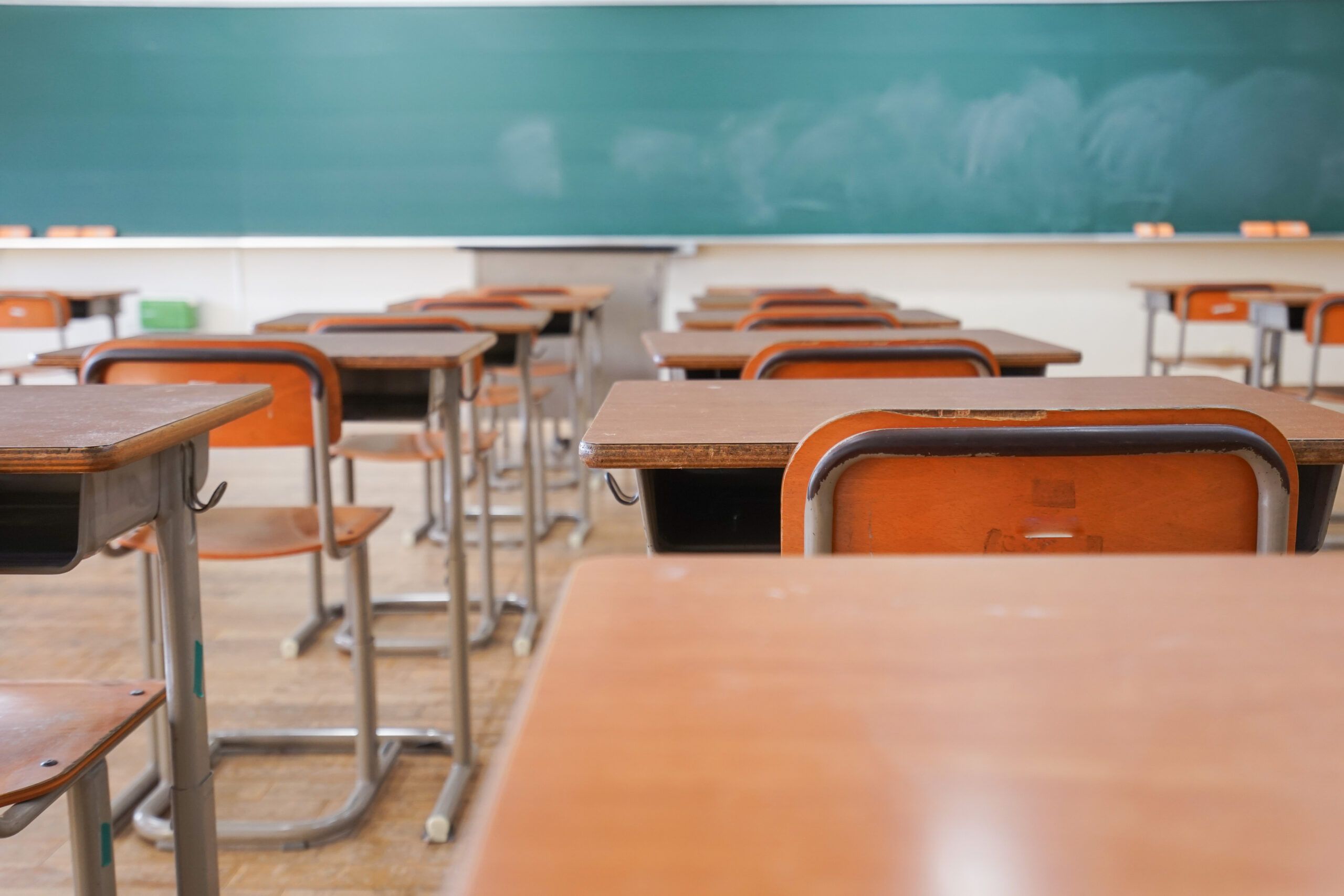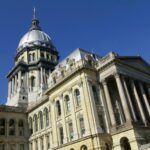

(The Center Square) – The Washington Association of School Administrators launched a new website last month that makes the case for increased state spending on K-12 education, even as the state’s public schools now spend $19,000 on average statewide for the education of each student, a dramatic rise over the pre-McCleary level of $10,000 per student.
The state Supreme Court’s January 2012 McCleary decision ordered the state to fully fund K-12 public schools as required by Article IX of the Washington State Constitution.
According to the new website, waschoolfunding.org, Washington’s school funding formula from the McCleary decision is the core issue. In general terms, school districts receive state funding based on the total number of students enrolled in their districts, in accordance with assumed staffing levels. School districts also receive funding from local and federal sources.
For many years, school districts had been using local levy dollars to supplement their state and federal funding. After the McCleary decision, the Legislature responded by significantly increasing state funding while implementing strict caps on levy requests to protect property owners. The Legislature later removed the cap on school levies, allowing school districts to request significantly more local funds despite the recent increases in state money.
So, how does that end up with school districts facing money pressures?
WASA Executive Director Joel Aune described a “perfect storm” of factors, including declining public school enrollment, the sunsetting of federal COVID-19 pandemic relief funds that have supported resources, and high inflation that lessens districts’ purchasing power.
“Right now, statewide, school districts are hurting,” he told The Center Square in a phone interview. “It’s not a school district here or there that is struggling financially, but we have a growing number of school districts that are in dire straits when it comes to financial health and stability of school districts.”
Five school districts are in the red, and 14 other districts’ budgets indicate they could face financial trouble in the future, according to a 2023 School Financial Health Indicators report by the Office of the Superintendent of Public Instruction.
Aune blames the state, noting that the McCleary decision hasn’t resulted in ample funding for schools.
“The state has really not stepped up in terms of their obligation to fund schools the last three years,” he said. “The state Legislature simply hasn’t met the mark.”
Although Washington’s operating budget has increased, the percentage dedicated to funding K-12 education has lagged behind, according to a WASA news release put out about the new website. About 52.4% of the state’s general fund budget was dedicated to K-12 education five years ago, the news release said, and now it’s down to about 43.1%.
Katy Payne, chief communications officer for OSPI, backed up that assessment.
“There is no question that the Legislature made significant progress in funding our public schools in alignment with the McCleary decision,” she emailed The Center Square. “Since that time, however, we have lost significant ground to inflation, and our state is now sending out $1,000 less per student when adjusted for inflation compared to 2019.”
Liv Finne, director of the Center for Education at the Washington Policy Center think tank, said school funding has increased well beyond inflationary pressures.
“There appears to be no limit to the greed of Washington state school superintendents,” she told The Center Square in an email. “Over the last dozen years, school funding has dramatically increased in real, inflation-adjusted dollars.”
Finne noted that while school funding has dropped from 51% to 43% of the state budget, the budget itself has doubled in the last 12 years.
“So, 43% of a much larger total budget is a lot more money than 51% of a smaller budget,” she explained. “It’s basically a lie to use this statistic to justify getting more money.”
Finne pointed to a 2024 report by the state Senate Ways & Means Committee, which, on page 25, shows that total per-student spending from all sources increased from $10,807 in the school year 2012-2013 to $18,354 in the school year 2022-23.
According to the report, “This represents an increase of approximately 148 percent over this period. The growth rate of total per-student spending exceeds both the Seattle Consumer Price Index (CPI) and Implicit Price Deflator (IPD), which are two commonly used measures of inflation.”
That increased funding per student is in spite of declining enrollment in Washington. State funding is directly tied to the number of students enrolled in public schools.
Washington’s K-12 enrollment numbers have dropped by nearly 48,000 students since the 2019-2020 school year, putting the state’s total number of students at just under 1.2 million during the current school year.
And then there are student test scores, which have not increased with higher spending.
The nonpartisan Washington State Institute for Public Policy came out with a report late last year that found average math and English Language Arts test scores for Washington students were lower in 2022 than average scores before the pandemic, and math scores fell more than ELA scores. The largest test score declines were among female students, students of color and low-income students.
WASA’s contention of chronic underfunding of K-12 education in Washington may be a heavy lift with the general public, but Aune hopes education professionals and other stakeholders, including parents and students, will find the website – which he described as doing “a really nice job of boiling down a pretty complex beast – school funding – into bits and pieces that are understandable” – to be a useful resource.
“So, the whole idea here is to try to educate and inform the broader community, and hopefully motivate and inspire individuals to engage with legislators more than we have in the past,” he said.






